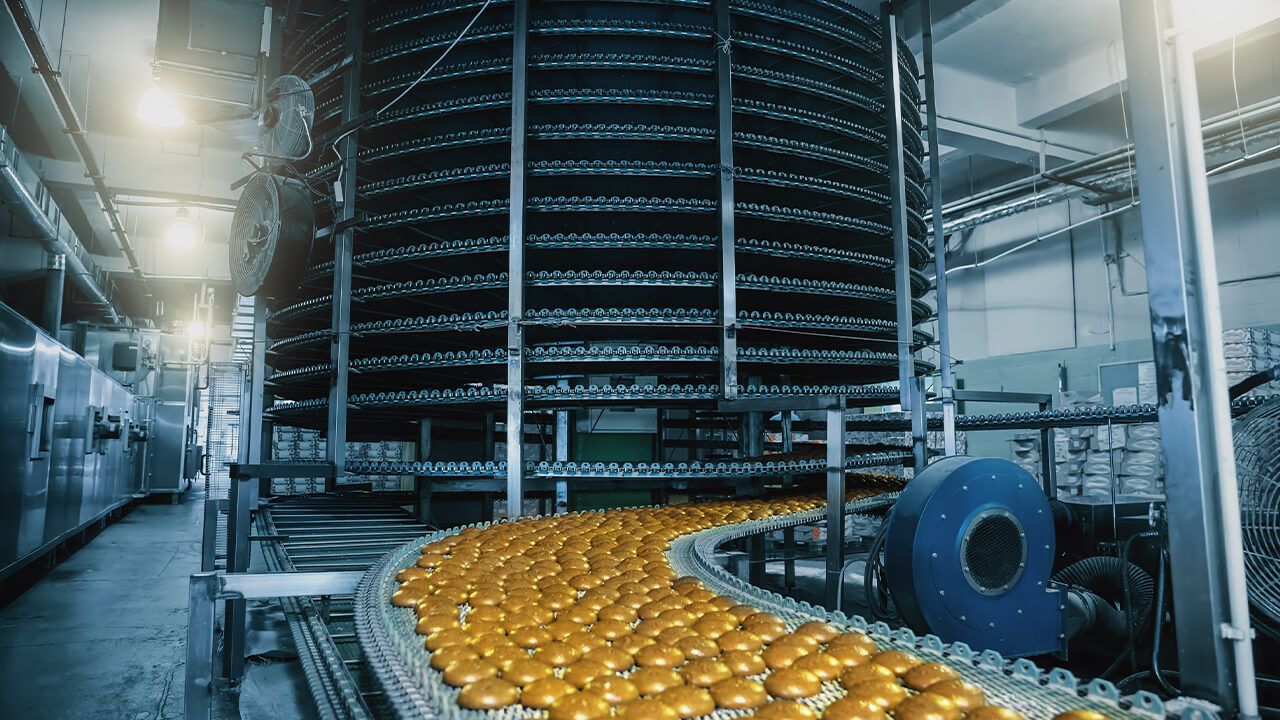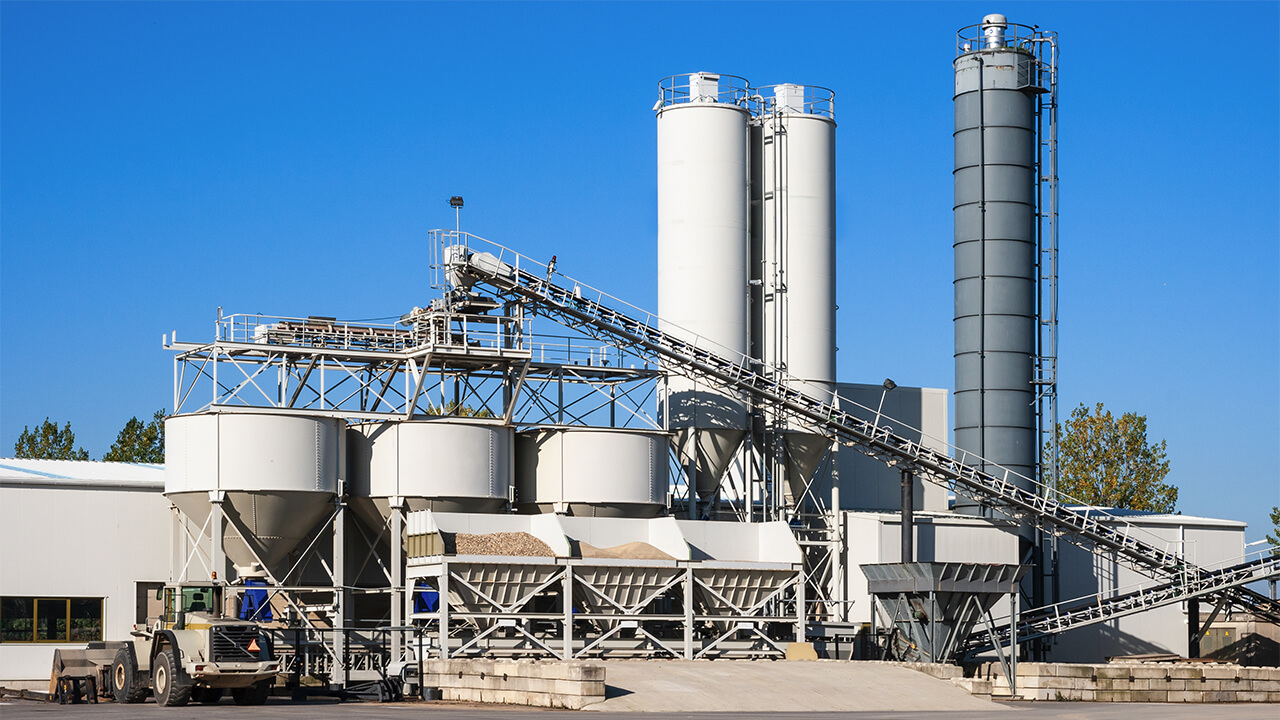In this ultra competitive market landscape, manufacturing sector is striving to achieve better efficiency and lesser wastage. Acquiring process data from the machines in time, can facilitate critical decision making, thereby improving productivity by making adjustments to production cycles, and reducing defects by closely integrating the quality processes.
Modern smart factories are moving towards hyper-flexibility. Hyper-flexibility is the capability of the production line to switch products on the same line. In the dynamic market landscape, such an ability can enable a plant to reap richer returns due to enhanced productivity. This is only possible if the switching of production parameters can be executed precisely and quickly, requiring robust automation and hence digitization. However, greater digitization exposes the factory to graver cyber threats.
Cyber Security in Smart Factories
The emergence of smart manufacturing also known as Industry 4.0 , has inadvertently led to an increase in cyberthreats within the industrial sector due to convergence of OT and IT. Although integrating OT and IT systems enhances efficiency and value creation, it also makes traditionally isolated OT systems vulnerable to a wide range of cyberattacks. This growing threat landscape, coupled with the manufacturing sector’s low tolerance for downtime, makes these organizations particularly attractive targets for cybercriminals. As the years go, the manufacturing sector is getting exposed to more cyber attacks making it inevitable to beef up the security frameworks.

The effects of cyber attacks on smart factories are:
♢ Operational Downtime : Interruptions in production resulting in missed deadlines and financial loss.
♢ Intellectual Property Theft : Loss of proprietary designs, processes and sensitive information.
♢ Safety Risks : Compromised systems can endanger the safety of employees and environment.
♢ Reputational Damage : Loss of credibility with stakeholders.
It has been observed that manufacturing facilities generally get exposed to cyber threats on two fronts majorly:
♢ Real-time Monitoring and Control Systems.
♢ Industrial Machine Integration.
Real-time facility Monitoring & Control Systems
Applications that facilitate real-time monitoring and control of large-scale industrial networks are increasingly prone to cyberthreats. These applications typically require the deployment of numerous connected devices to transmit and analyze substantial amounts of data from the field to the control center.
As networks expand and incorporate large numbers of edge devices into the distribution layer, vulnerabilities are magnified. Without proper network segmentation, compromising a single node can jeopardize the entire network.
To address these risks, a defense-in-depth strategy needs to be adopted and involves selecting secure devices that meet necessary security standards.
It is as important to build robust network defense layers through segmentation and threat prevention measures to protect against attacks and prevent the spread of intrusions.Continuous monitoring the security status of network nodes to promptly identify and address any issues or abnormalities enhances network security and ensures system availability.
Industrial Machine Integration
Integration of industrial machines into the networks is important for optimizing management and enhancing productivity. The methodology to build closed networks for internal communication of machines is very similar to integrating devices to the internet.
However when the machines are connected to the internet, the network parameters have to be reconfigured resulting in security vulnerabilities. Generally, predictable IP addresses are exposed and quickly become a target for cyberattacks.
One way to deal with the situation is to take advantage of Network Address Translation(NAT) to protect IP addresses from possible cyber threats.
How Do We Secure the Networks Against Potential Threats
♢ Gain complete visibility of your industrial network : Full visibility into your industrial network and OT security is critical for reducing the attack possibility, segmenting the network and enforcing cybersecurity policies. Real time detailed insights into your industrial assets, communication patterns and application flows integrates visibility capabilities into the industrial network eliminating the need for dedicated security appliances.
♢ Divide the network into smaller zones : Network segmentation is key to securing your network and protecting critical industrial processes. Implementing zone segmentation with dedicated security appliances necessitates deploying hardware, creating and maintaining firewalls altering network wiring and IP addresses.
♢ Ensure secure remote access to OT assets : Remote access is essential for operations teams, vendors and contractors to configure, maintain and troubleshoot OT assets without the need for time-consuming and costly visits. More access leads to opening of more security backdoors, leading to network vulnerabilities.
♢ Security Training & Awareness : Enable to workforce to be your frontline defense against cyber attacks. Security training and awareness initiatives educate employees on best practices, identifying threats and reporting incidents fostering a security aware culture within the organization.
♢ Secure Cloud Migration & Management : It is critical to embrace the advantages of cloud-based infrastructure without compromising on security. Seamless transition of manufacturing processes and data to the cloud can maintain the highest level of security and compliance.
♢ Security and Regulatory Compliance : Staying up-to-date with industry specific regulations and standards is important to navigate the complexities of cybersecurity and to streamline processes.
Strengthening Network Resilience With Moxa
Today’s machine cabinets contain an increasing number of connected devices, enabling operators to receive field data t enhance on-site operational efficiency and conduct predictive maintenance. Future-proof networking solutions are essential for establishing the network infrastructure needed to transmit the data smoothly.
System Requirements
♢ Compact devices for installations inside cabinets.
♢ Network recovery mechanism to ensure system uptime.
♢ Network segmentation to isolate and protect each cabinet against cyberthreats.
♢ Real-time monitoring of the plant network status and events.

Key Features
Reliability & Performance
♢ Compact size & industrial-grade design for cabinet installation.
♢ Gigabit bandwidth with fast milisecond-level network redundancy.
OT Network Security
♢ Industrial firewall to segment and secure the facility network.
♢ IPS functionality to prevent unwanted intrusion.
♢ Data visualization widget for enhanced visibility of malicious activity and threats.
Simplified Management
♢ Simplified network management with intuitive visualization software.Conclusion
As manufacturing operations become increasingly digital and interconnected, the need for robust cybersecurity measures cannot be overstated. By adopting future-proof networking solutions, manufacturers can safeguard their operations against evolving cyberthreats, ensuring operational continuity, protecting sensitive data, and maintaining their competitive edge.
Securing manufacturing operations against cyberthreats is not just an IT responsibility but a critical component of modern manufacturing strategy. Embrace future-proof networking systems and stay one step ahead of cyber adversaries.

















































